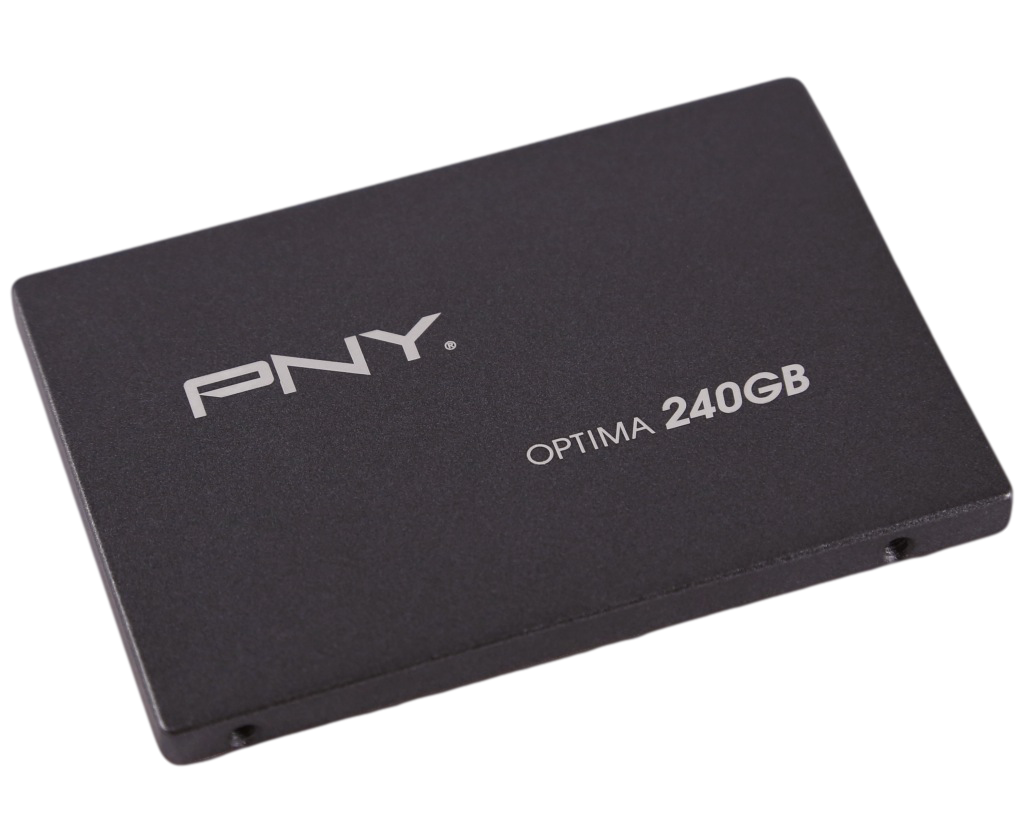Happy New Year, everyone!
I’ve got some new mini-projects for my G5 on the horizon, including a shiny new SSD with a Sandforce controller that should work quite well compared to the PNY Optima (with a Silicon Motion controller).
But in the meanwhile, I posted some comments over at the TenFourFox blog to this effect – do Ad Block options really make a difference memory/speed wise for our G5s? Since some of us do not have quad core machines, we need to worry about squeezing every little bit of performance. While ad block extensions for Firefox sure remove a lot of annoyances that the web offers, do they also slow down our browsing?
I tried with an eyeball test this morning, nothing scientific. With Ad Block Edge, which I have preferred in the past, my RAM usage was around 355 MB on average. From what I have heard, Edge maintains lists of urls of known ad servers to block images/content from, but they do this after the page has already loaded, going through the urls one by one. There is some overhead to this process.
Another option mentioned to me was Bluhell Firewall which takes some of the overhead out of it. In their not very satisfying words, they explain that:
How this is achieved is thanks to just seven hard-coded blocking rules covering about 8400 .com and .net domains, these were auto-generated from Easylist. That means, every time a certain resource wants to be loaded we will have to iterate through a list of seven compiled patterns, rather than for each entry from a common Easylist which contains hundreds of different items to check.
An eyeball test suggests that the memory hovers now around 250 MB in regular usage. That is probably not significant for someone with 2 GB or more of RAM, but for a Mac Mini or some other machine limited in RAM, it could be a helpful avenue to explore.
I want to stress that this was just a quick test, and there are likely other factors that influence RAM usage and the overall feel of the browser. I am switching over to Bluhell on my G5 for the time being. I can always jump back to Ad Block Edge if I feel it isn’t doing an adequate job.
Enjoy your day and year!
— Nathan


